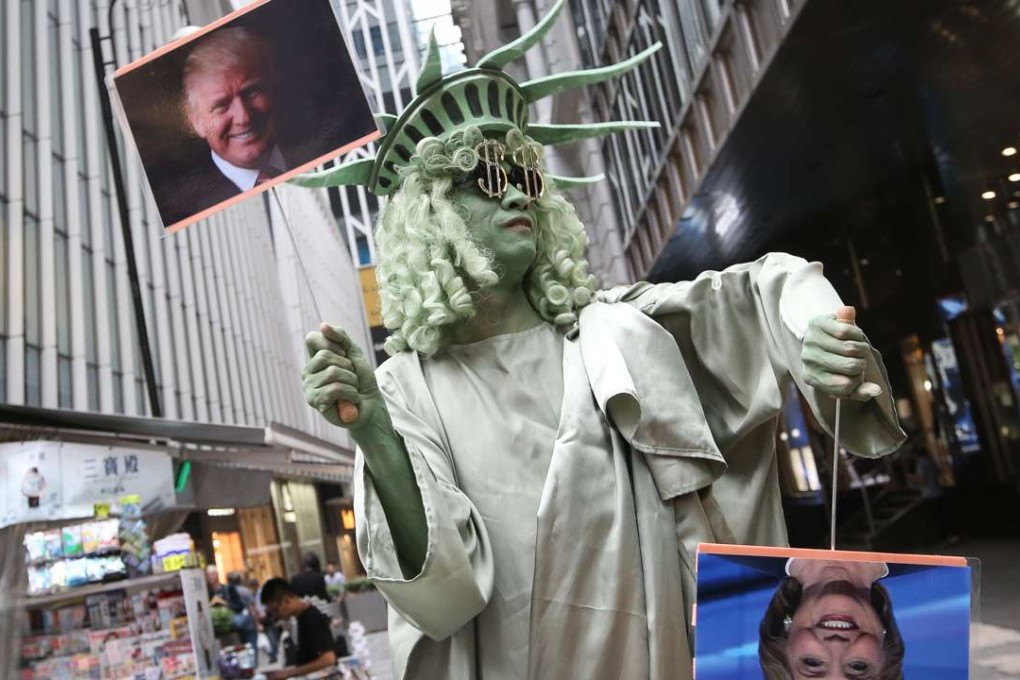Trump, trade and the US pivot to Asia: what lies ahead?
President-elect likely to make some big changes to America’s foreign policy in region, analysts say

US presidential elections hardly ever hinge on foreign policy, but Donald Trump’s victory has raised serious concern in Asia about US policy in the region, given his rhetoric on the campaign trail on diplomatic isolation and trade protectionism.
While most analysts said they did not think Trump would make good on his claims to take the United States back to its pre-second world war level of isolationism, many expected some major changes to US foreign policy towards Asia during his presidency. Those changes, they said, could reshape the region’s politics and economic landscape for years to come.
At the end of the day, he cannot single-handedly take the US back to the isolationist past
Chengxin Pan, international relations analyst at Deakin University in Australia, said Trump might make some correction to the interventionist path adopted by previous administrations, “ but at the end of the day, he cannot single-handedly take the US back to the isolationist past”.
At stake is the fate of US President Barack Obama’s two main diplomatic strategies in Asia: the US military “pivot to Asia” and the Trans-Pacific Partnership, a Pacific Rim trade deal.
Under Obama’s “pivot to Asia” strategy – which was later toned down to a “rebalancing towards Asia” – 60 per cent of US naval assets are to be deployed in the Asia-Pacific in what many see as an attempt to contain China’s rise.
